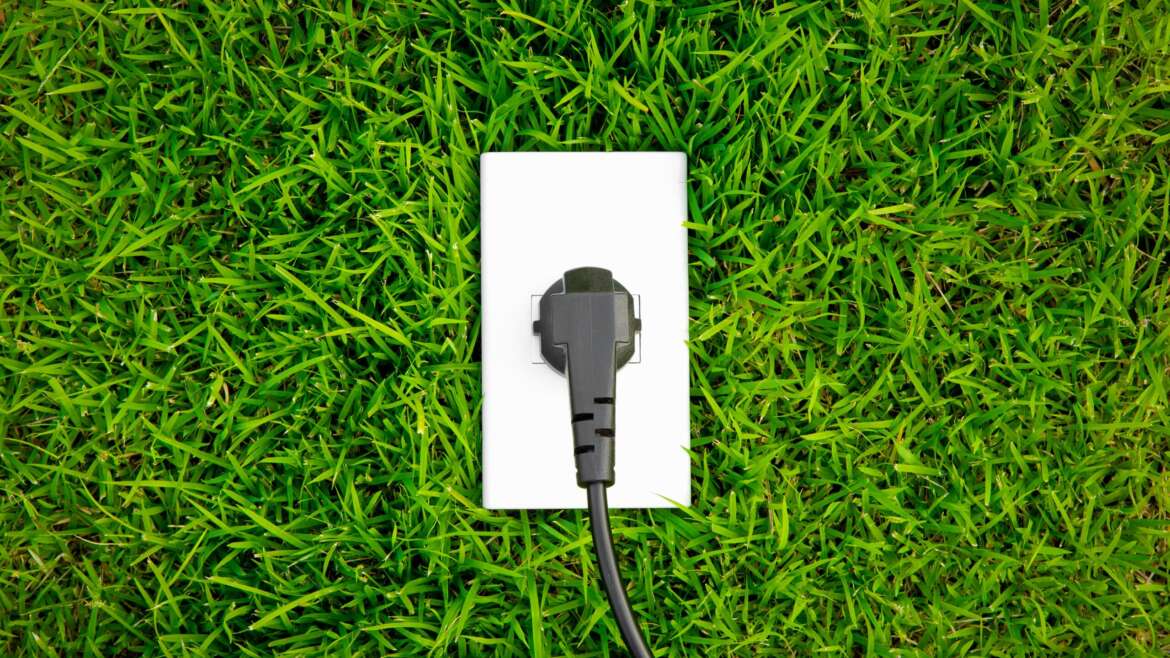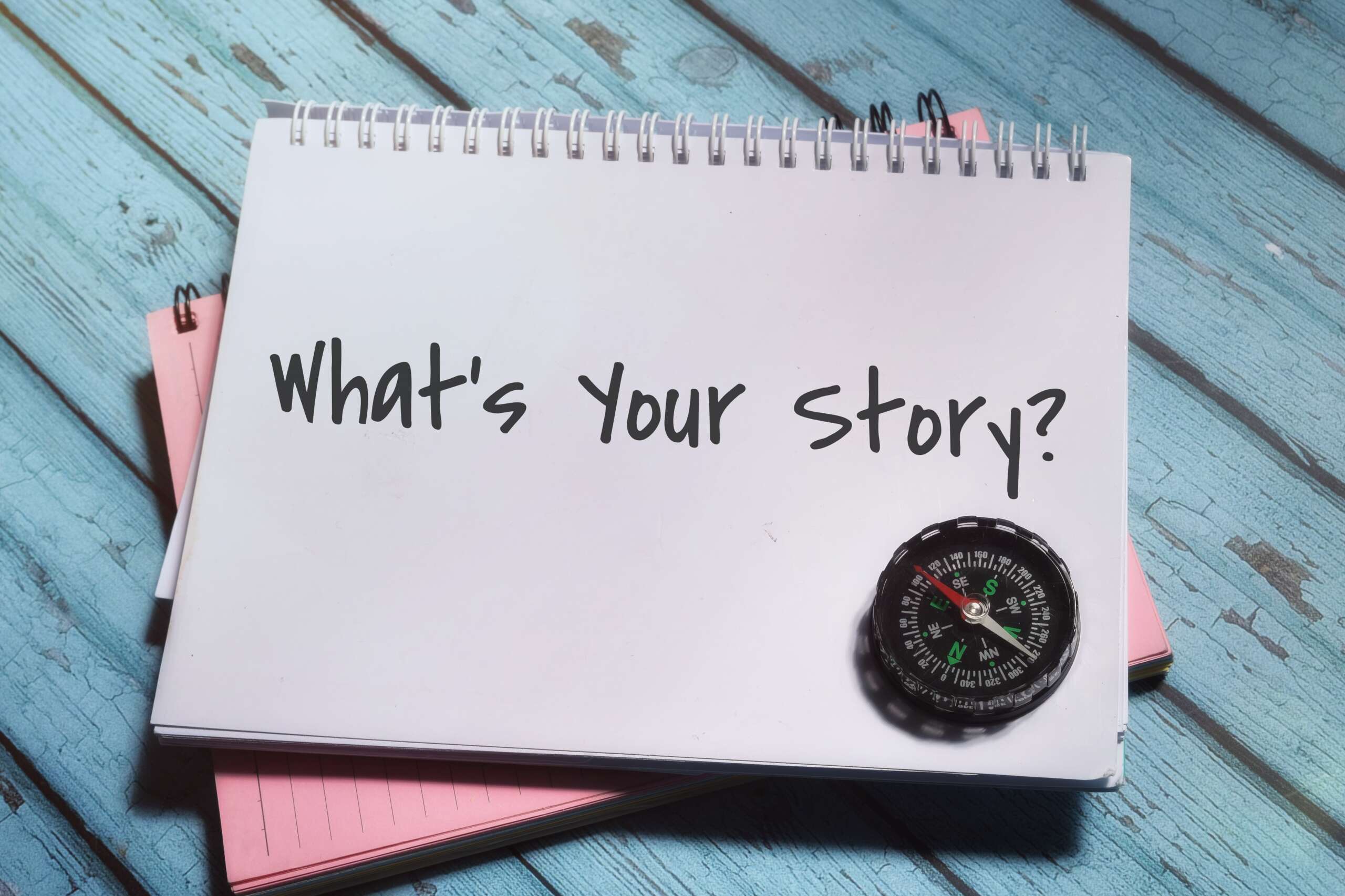Never has Ireland’s energy security and vulnerability been so apparent as it is now. For years, energy resilience, the extent of Ireland’s carbon-free energy generation potential, its role in tackling climate change, and its parallel economic opportunities have been advocated for by many. And while the appetite for action has been growing, it’s now with the energy crisis caused by the ongoing Russian aggression in Ukraine, that we’re seeing an increasingly coordinated and urgent response from government which had been absent until relatively recently.
Our planet is under severe pressure and without action to drastically reduce greenhouse gases, we’re hurtling towards a 3.2C degree temperature rise, radically overshooting the 1.5C degree safe-limit threshold. The only way to achieve the level of emissions reduction needed is to leave fossil fuels in the ground and cut drastically our societal, and economic dependence on dirty carbon-emitting fuels. And the only way to increase national energy security and reduce vulnerability to global shocks is to increase generation and to do this in a clean, green, and sustainable way. Currently, the way we produce and consume energy is intrinsically flawed and without action that mirrors the magnitude of the crisis, both energy, and climate, we’re locking ourselves even further into a fossil-fuelled social and environmental disaster. So how do we underpin a thriving circular economy, increase energy resilience, and meet our climate emission reduction targets?
Circular All the Way
Notwithstanding the challenges, the good news is that there are solutions. And now is the time to apply and scale the solutions. The circular economy is the economic framework that can underpin this shift from business as usual to business that works for people, planet, and performance of business. As the Ellen MacArthur Foundation describes, it sets out an alternative pathway and looks at the sizable opportunities to “eliminate waste and pollution; circulate products and materials (at their highest value); and to regenerate nature”.

Credit: The butterfly diagram: visualising the circular economy, Ellen MacArthur Foundation, 2022
With material use and handling estimated to account for the vast majority of GHGs, at 70%, shifting course to a circular economy that keeps materials and resources in use for as long as possible is crucial in limiting global warming to below 1.5C. A circular approach champions the role of clean renewable energy and the opportunities to ensure better outcomes for all, through adopting processes, materials, and energy sources that work with our planet and not against. It’s a shift away from the ‘take-make-waste’ traditional economic model to one that works with nature and is the foundation for a thriving climate and society. One such clean renewable solution to underpin a shift to a circular future, that increases our energy resilience and can be a significant building block in catalysing climate action is green hydrogen. Describing energy produced from water electrolysis using zero-carbon electricity (for example from wind energy), green hydrogen holds a transformational opportunity for industry, and society to vastly reduce our harmful greenhouse gas emissions.
Let’s Look at Why This Is So Important
The Working Group III report from the IPCC confirms yet again that emissions are going in the wrong direction. Instead of scaling back, we’re rapidly exhausting our permissible planetary carbon budget, with four-fifths already used. In Ireland alone, a recently published analysis from the Environmental Protection Agency calculated that Ireland’s emissions have been on the rise, in contrast with the scale of ambition committed to in the Climate Action Plan 2021 – meaning we’re off target and getting more and more so!
With the opportunity for green hydrogen to be produced from excess wind generation off the Irish coast, to which we should be able to generate a significant additional amount as new offshore fixed bottom wind farms come online and as offshore floating wind gets established, Ireland is ideally placed to meet the ambition of the EU Green Deal, the EU’s RePower plan, and domestic policy. Green hydrogen as an energy product is versatile, zero carbon, storable, and can match a multitude of uses (it can also be used in fuel cells for transport, as well as its potential for heating). The green hydrogen produced can either be used immediately or stored (a practical solution to address intermittency issues) for future use and converted back to electricity to match demand or integrated into our gas grid to bulk out supply with zero-carbon renewable energy.
REPowerEU plan, the EU’s joint European action for more affordable, secure, and sustainable energy, seeks to rapidly diversify the fuel supply of member states, with renewable (green) hydrogen forming a central pillar. The plan would also create a “Hydrogen Accelerator, developing integrated infrastructure, storage facilities, and port capacities”. This very clearly could place Ireland in an excellent position to support domestic demand as well as European demand, but only if we seize the opportunity and accelerate planning, regulation, infrastructure, and innovation to maximise our wind energy and green hydrogen production potential. We need a robust hydrogen strategy and the appropriate resourcing of planning and regulatory bodies to address, for example, the excessive foreshore license wait times in Ireland (24 months in Ireland, compared with an approximate 24 weeks in the UK for the equivalent license) which are essential in shifting up a gear the development of offshore wind energy potential.
Are We There Yet?
The successful development of a circular economy is founded on the scaling up and development of renewable energy. It is the foundation on which the transformation of industry, production, and energy use is underpinned. In Ireland, we have the investment appetite. Align this with policy and regulatory certainty from Government and Ireland will be well on the way to supporting the circular economy transition in Ireland and across Europe.




